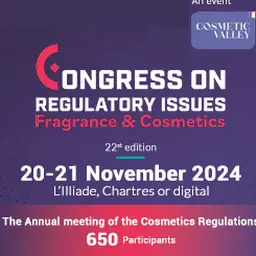
Chlorine in swimming pools can strip the coating off titanium dioxide nanoparticles in sunscreens that protect against UV radiation, leaving them able to react with water and form compounds that can contribute to skin damage and cancer. This is the conclusion of a study by U.S. researchers recently published in the Chemical Engineering Journal.
The nanoparticles, which protect against harmful UV rays, are coated so they remain stable in sunlight. But a new study for the first time shows that the protective coating can degrade to form free radicals. Free radicals are known to damage DNA, causing aging and potentially leading to cancer. Whether there is a human health effect from exposure to these compounds is unknown. But the study raises the question of whether sunscreens meant to protect people from sunlight are creating another risk that also can harm skin.
What did they do?
This study examined whether the chlorine added to disinfect swimming pools would degrade the aluminum hydroxide coating on titanium dioxide nanoparticles in sunscreen lotions.
The researchers made swimming pool water and disinfected it with sodium hypochlorite. Sodium hypochlorite is a chlorine compound found in bleach and commonly used to disinfect swimming pools.
First, they checked if different concentrations of chlorinated pool water would damage the coating on the nanoparticles. A commercial sunscreen lotion (Neutrogena, SPF 30) with titanium dioxide nanoparticles was added to five different concentrations of pool water. The five chlorine levels varied from 0 to 7 parts-per-million (ppm). Pool water typically contains 1 - 3 ppm chlorine. …













